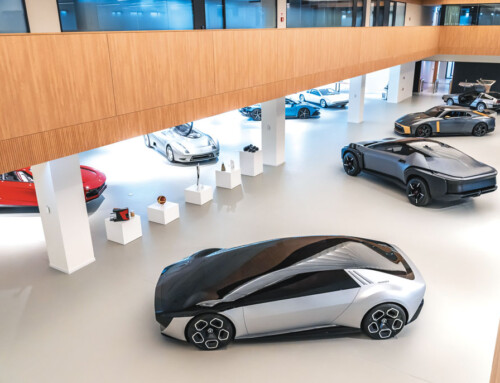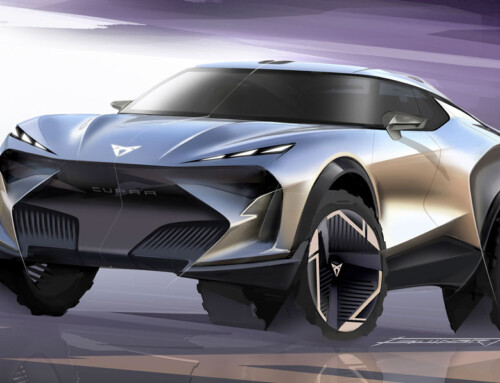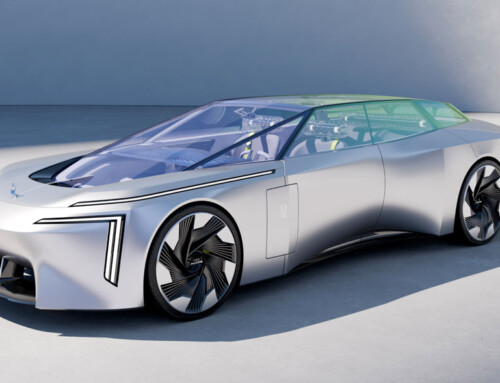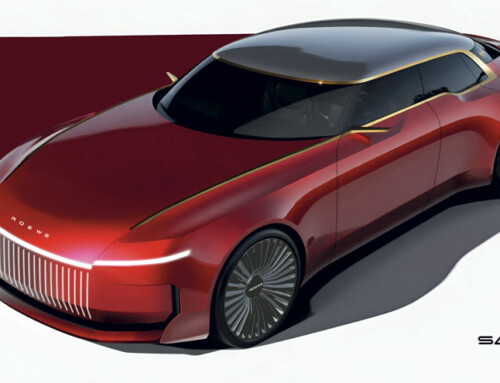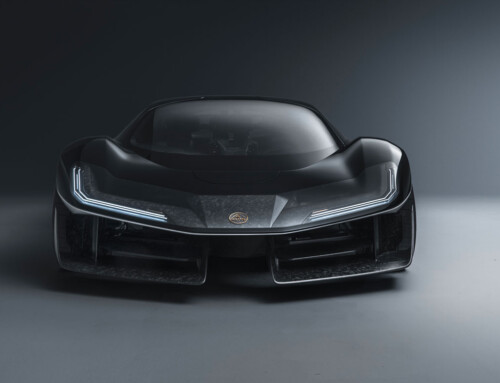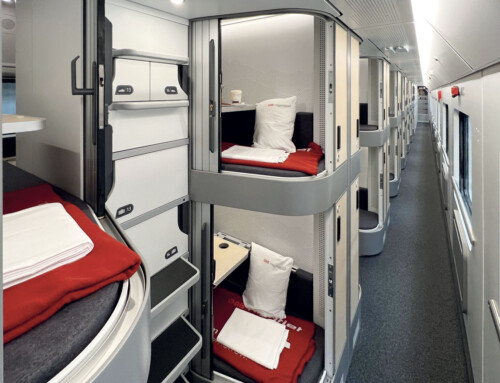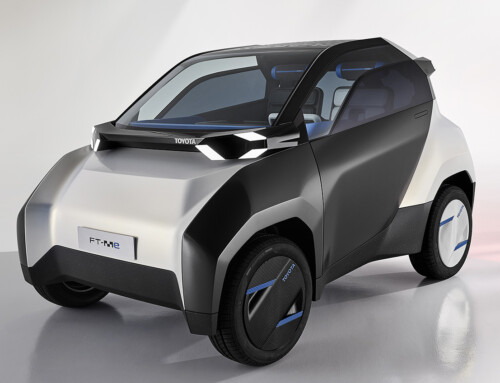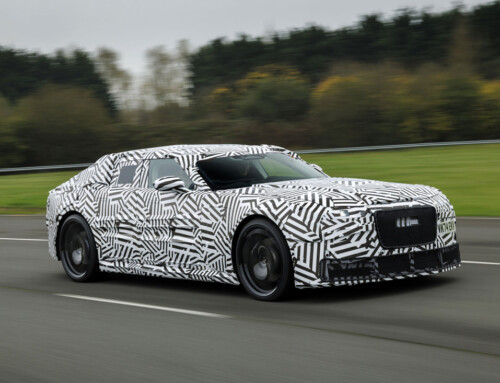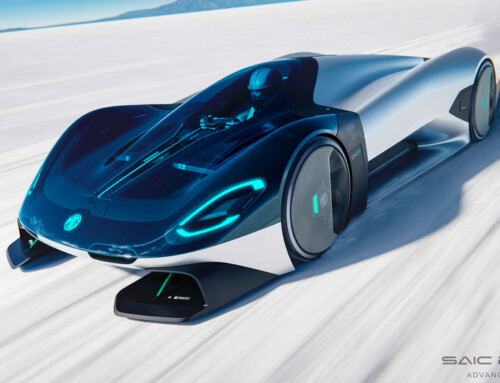General Motors’ Corvette brand will this year unveil three new concepts designed to spark interest in the future of the sports car icon. The first of the three to be revealed purposely shakes up the traditional view of what a Corvette should be. It features an electric drivetrain for starters, but perhaps more controversial that it was created not in America but the UK.
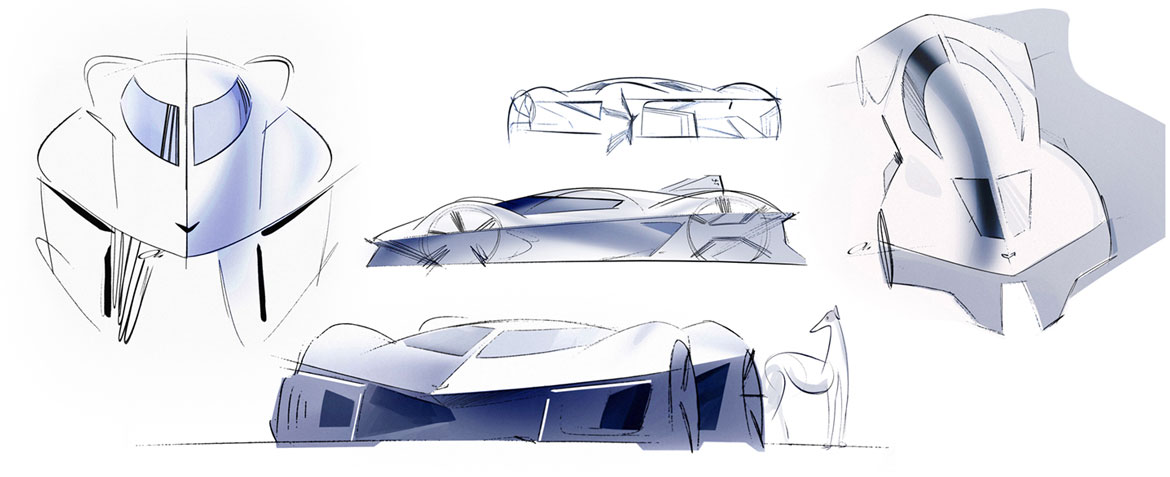
General Motors’ U.K. design
The Corvette hypercar concept is the first publicly acknowledged project from GM’s new European Advanced Design Studio based in Leamington Spa, central UK, and headed by former Jaguar designer Julian Thomson. GM design, led by Michael Simcoe, gave the job of creating a new Corvette concept to the company’s network of global design studios. Unusually however, Simcoe decided that three of the submitted designs should be worked up and revealed publicly instead of just one.

Opportunities and rewards
The reasoning was to draw potential customers into the design process and spark new conversations. It also rewards designers who might not otherwise see their work celebrated. “Why waste the opportunity?” Simcoe said. The other two were created in the US, one in GM’s advanced studio in Pasadena, California and other at the company’s design HQ in Warren, Michigan.
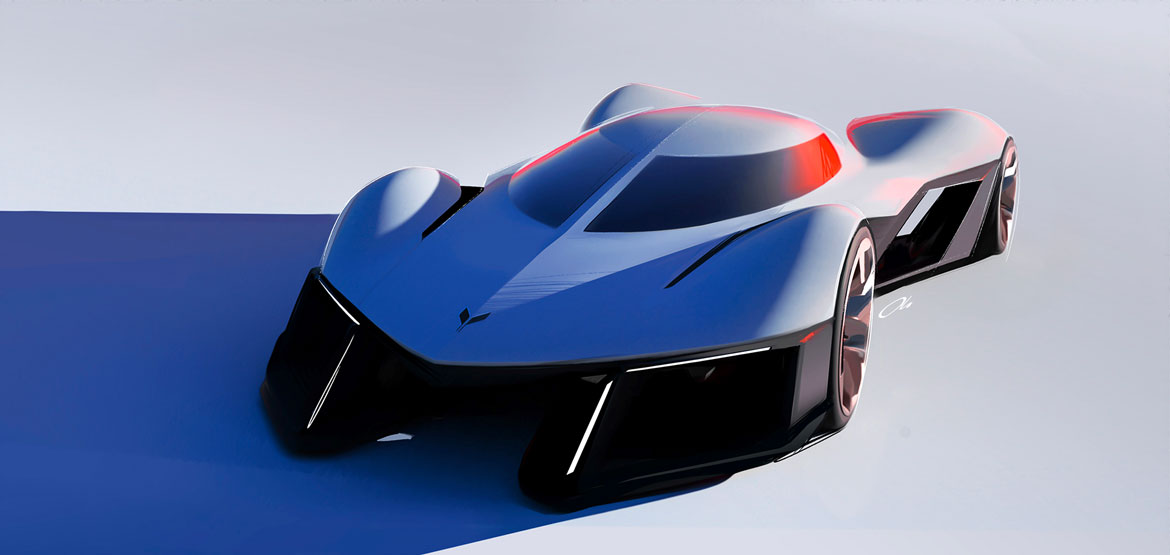
What the new Corvette look like?
Both US designs will be revealed later this year, with none so far acknowledged as giving the clearest idea of the replacement of the current mid-engined Corvette C8, currently five years into its production cycle. The European concept anchors its design around the centreline from the original Stingray that runs front to rear, with the wraparound front screen split down the middle instead of the rear screen in the 1963 car. Otherwise, the look is all futuristic.
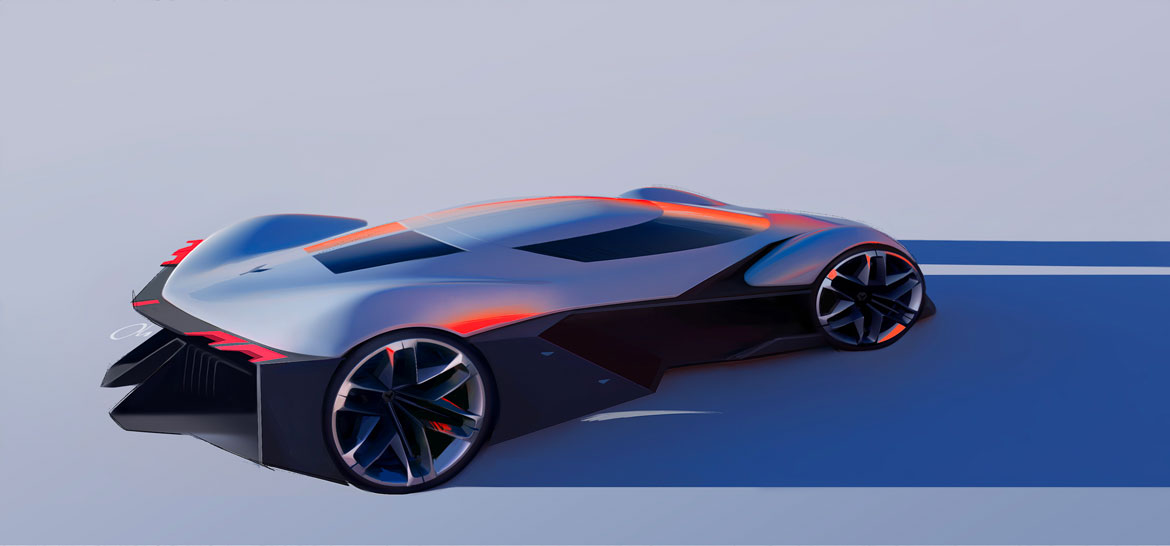
Different aerodynamic profiles
The 4669mm-long car is created around the idea of ‘aero-duality’, with different aerodynamic profiles depending on whether the car is in battery-saving road-mode or downforce-prioritizing track set-up. On the track the aero surfaces change shape, the ride-height lowers and fans suck the car to the road. Back on the road, the air is directed through the vehicle via intakes to reduce its wake. Above all the designers wanted to avoid the need for wings or spoilers, creating a purer form.
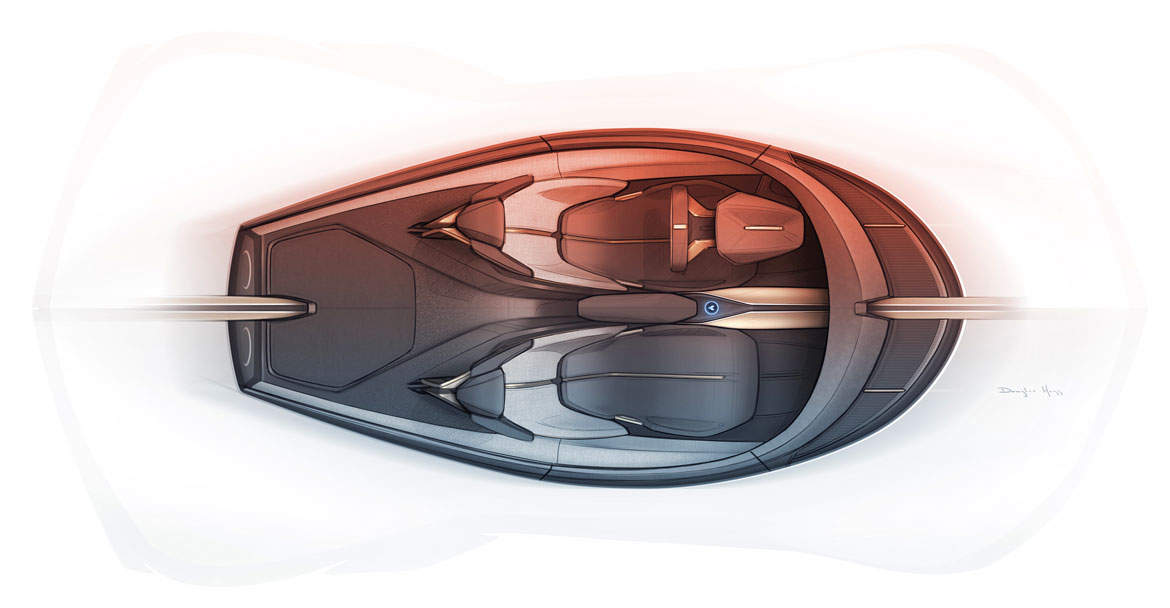
Corvette & the Social Medias
The advanced studio also delved deeply into what Corvette means as a brand and created a hypothetical social media page complete with real pictures to envisage how fans might react to the car. “We want people to fall back in love with driving and car ownership and we wanted to show we can do that with design,” said Sophie Ellis, brand strategy specialist at the Leamington Spa studio.
(Full article in A&D no. 272)


